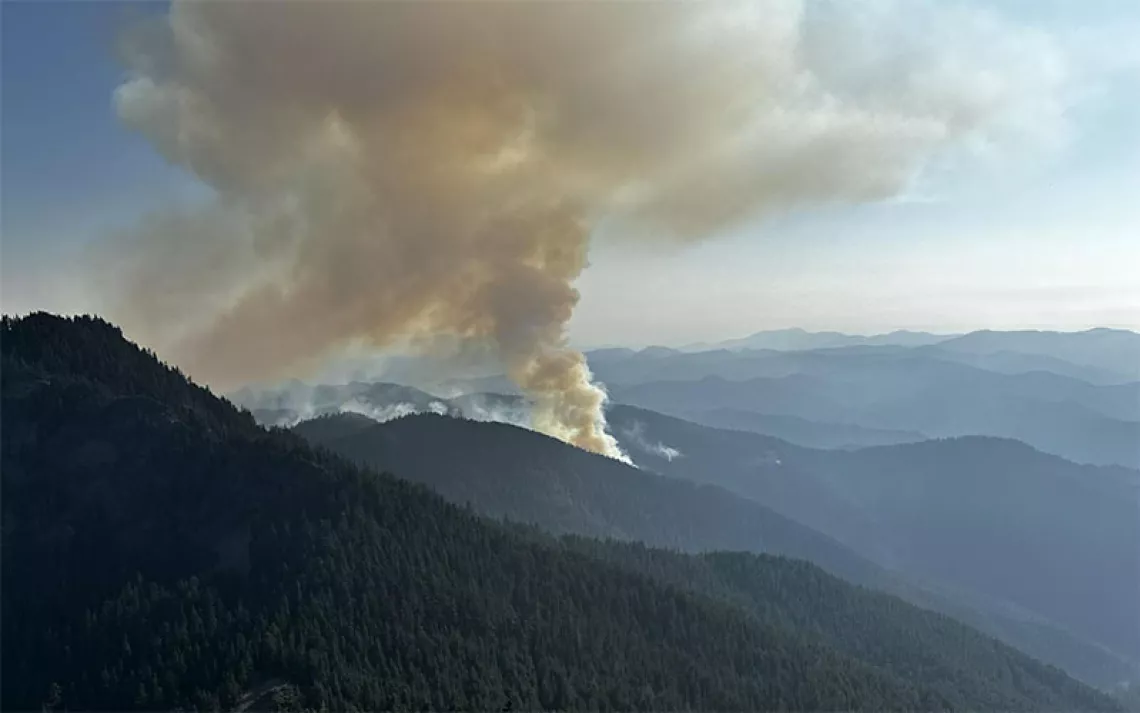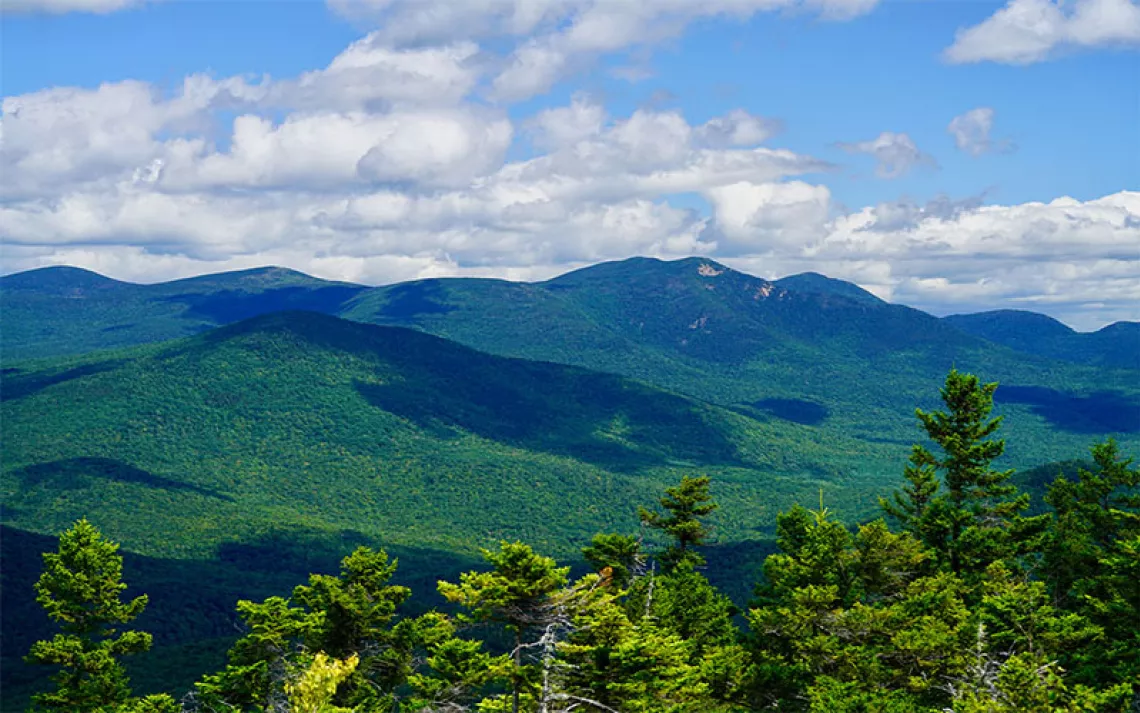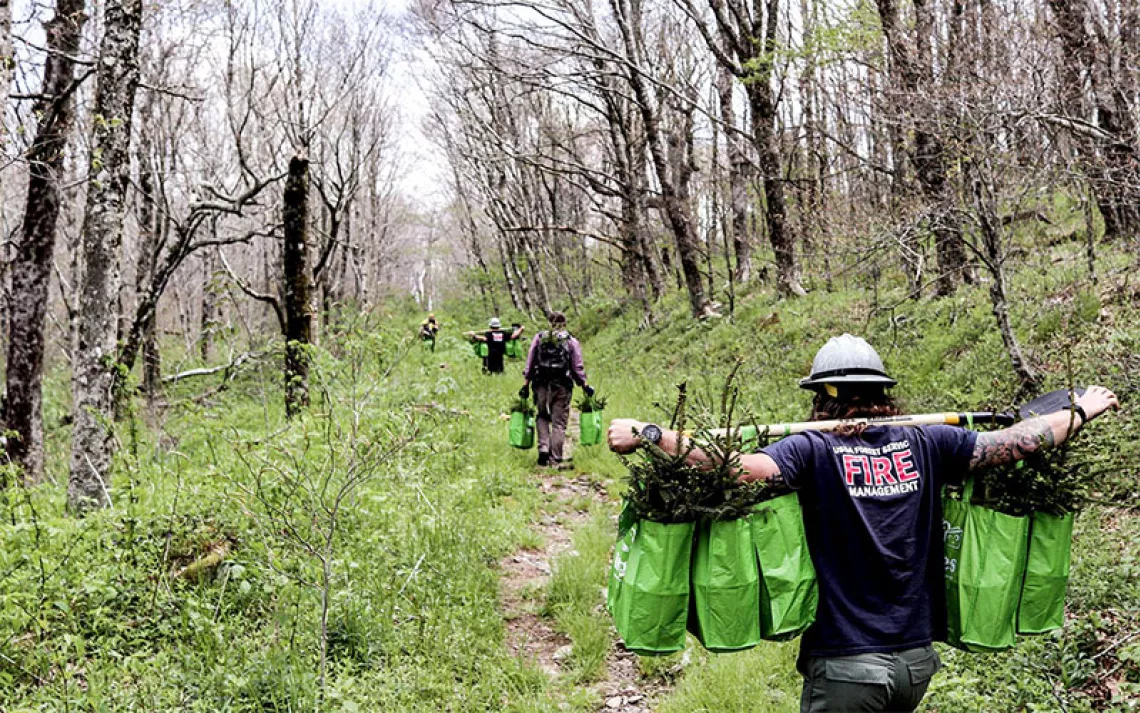On the One Hand: Redwoods

Illustration by Peter and Maria Hoey
On the one hand . . .
California grows the biggest and tallest trees on Earth, some of them more than 2,000 years old. While many old fogies don't like change, a four-year study conducted by Steve Sillett, a forestry professor at California's Humboldt State University, discovered surging growth among both coastal redwoods and the giant sequoias of the Sierra Nevada. He and his team found some trees in old forests growing significantly faster over the past 40 years than they had in the previous 200. The causes are unknown but might include higher levels of carbon dioxide in the atmosphere, an increase in the number of sunny days, and a longer growing season.
On the other . . .
Redwoods are generally resistant to wildfire, but that may be changing as sudden oak death sweeps through California forests. A study by David Rizzo, a plant pathologist at the University of California at Davis, found that the fire risk to redwoods is four times greater in forests afflicted by the pathogen than it is in disease-free forests. Oaks killed or weakened by Phytophthora ramorum burn hotter and higher, lifting the fire into the canopy, where it can scorch the crowns of surrounding redwoods, killing them. "Global warming has increased fire severity," Rizzo says. "There may be all sorts of consequences--among them, dead and dying coast redwoods."
 The Magazine of The Sierra Club
The Magazine of The Sierra Club



